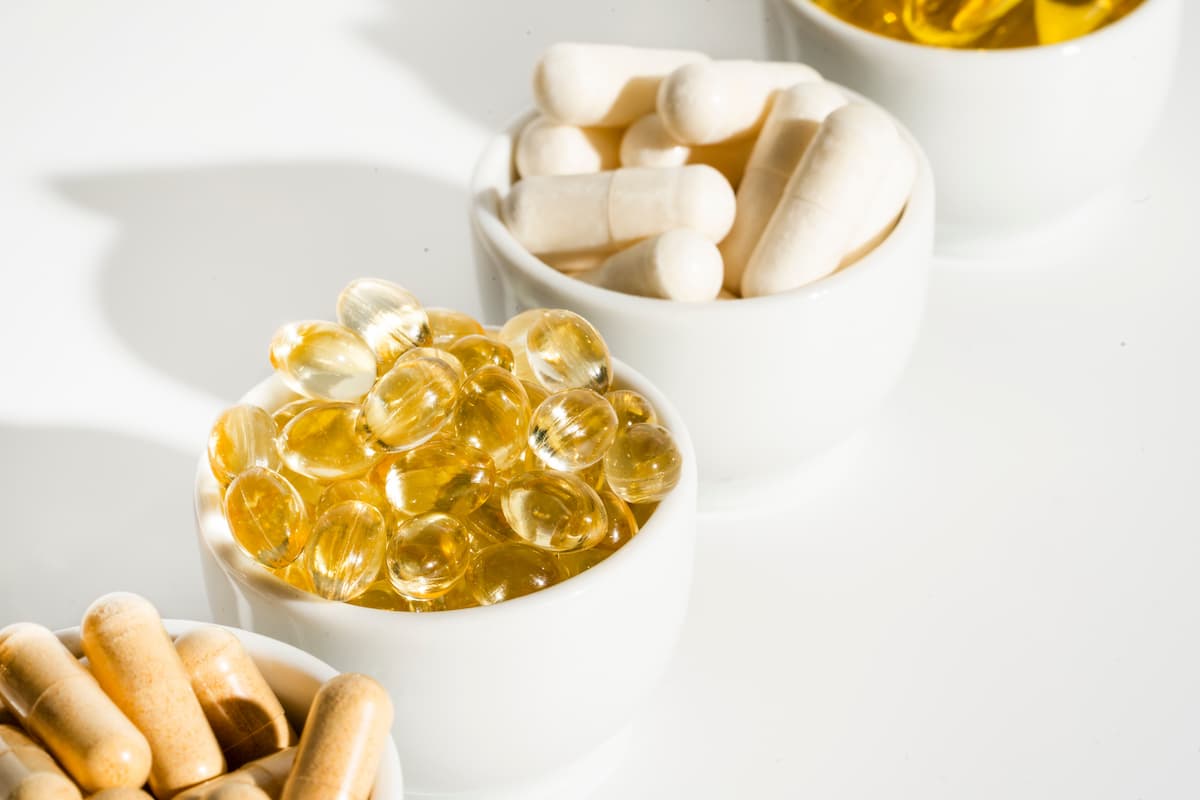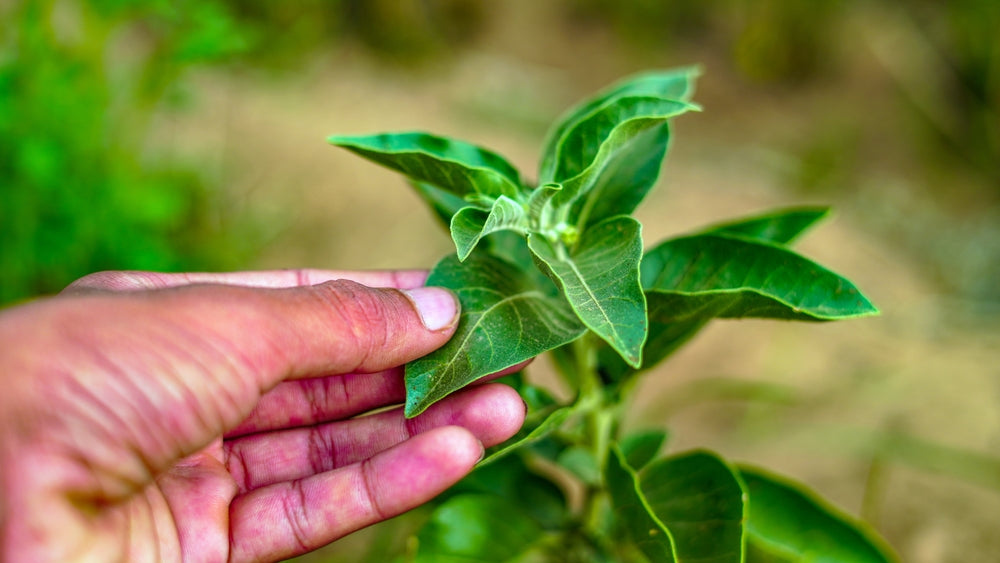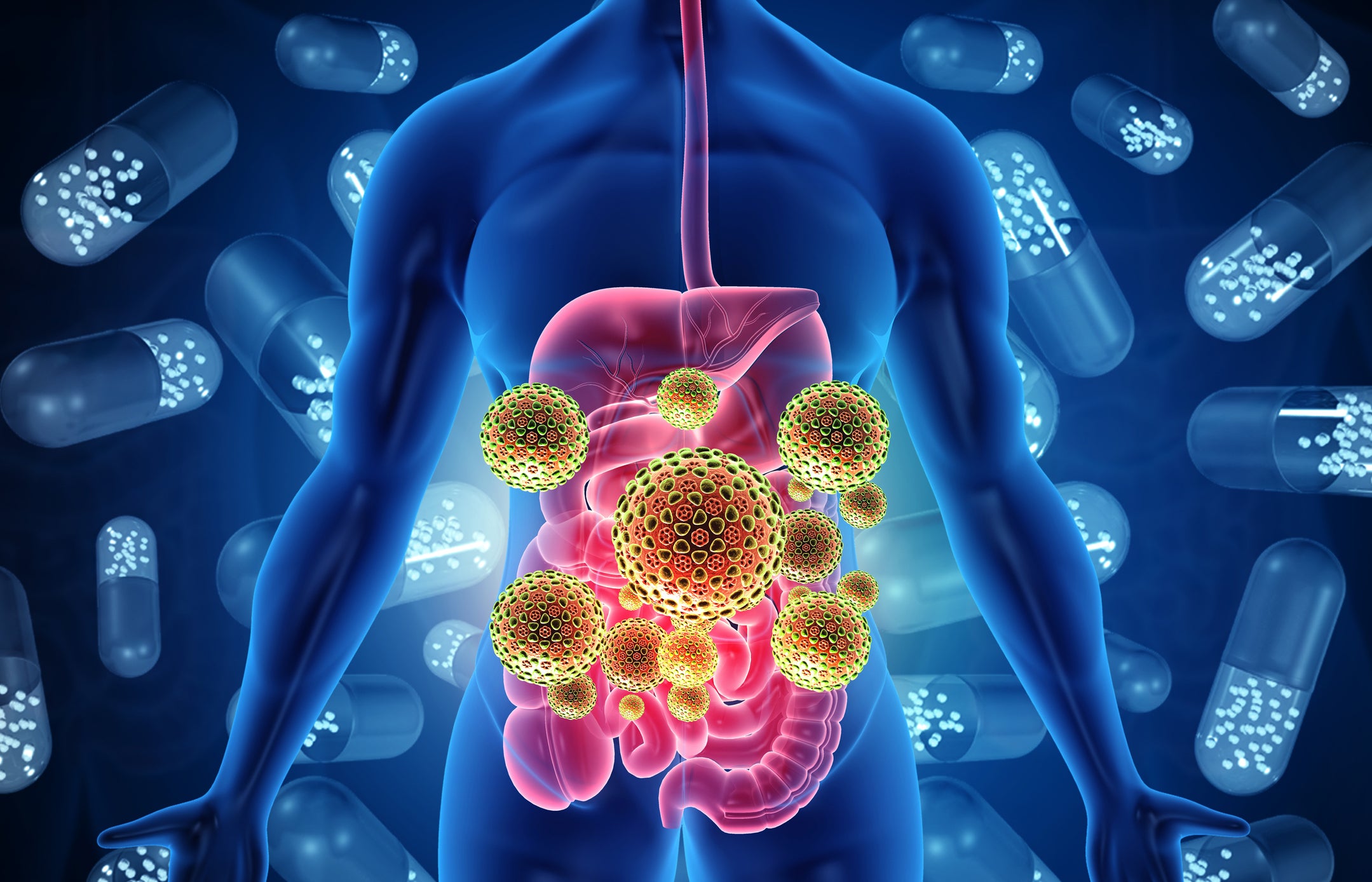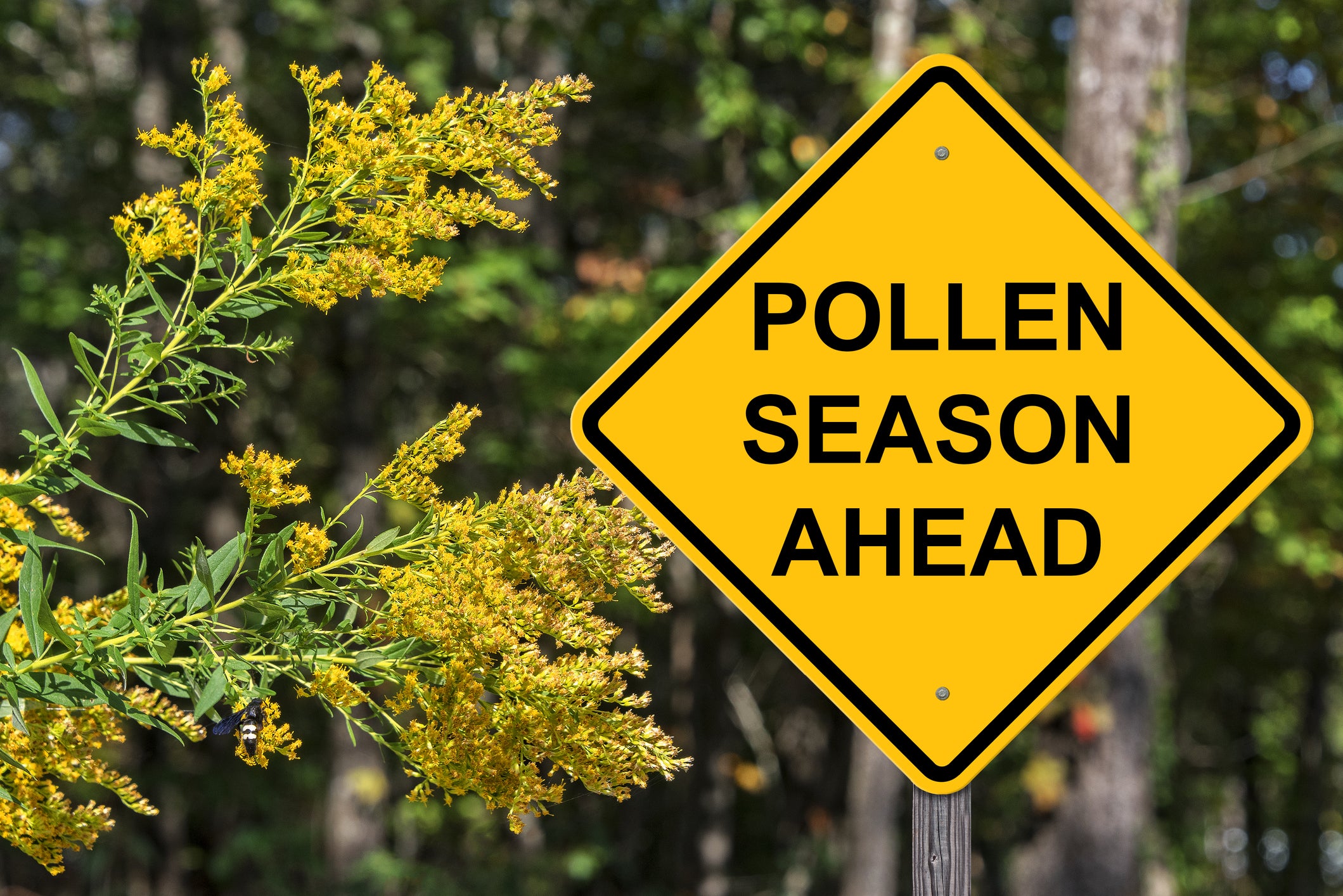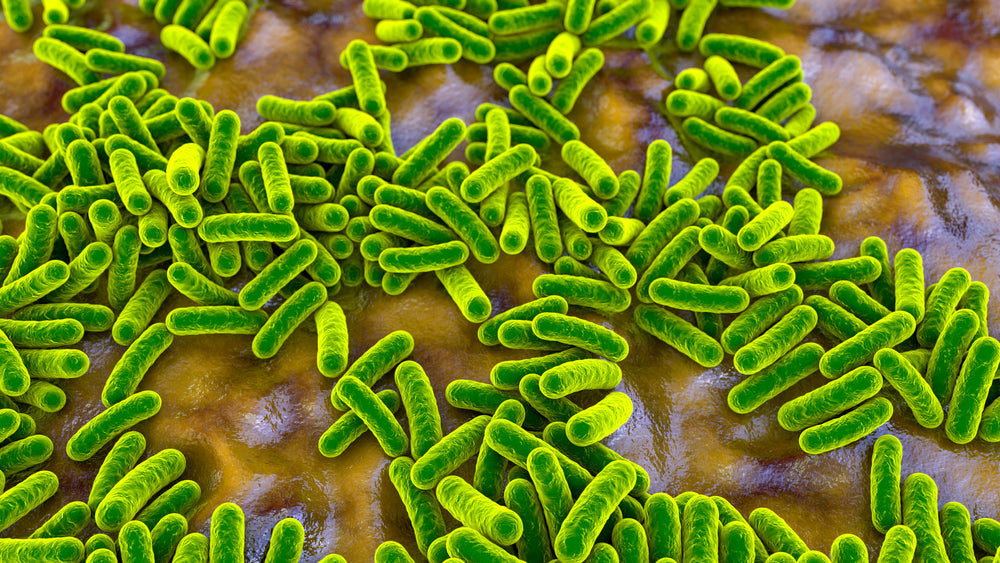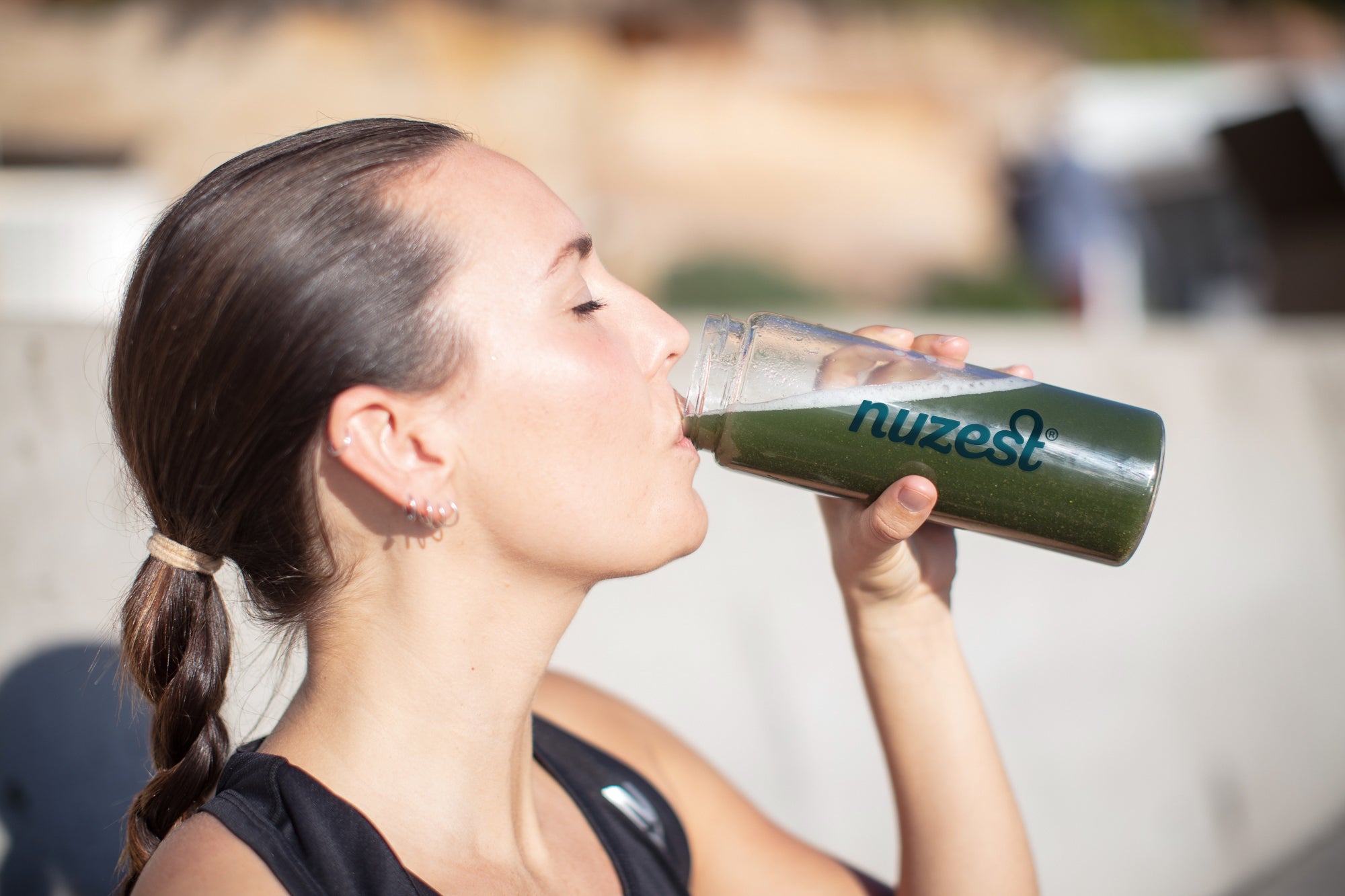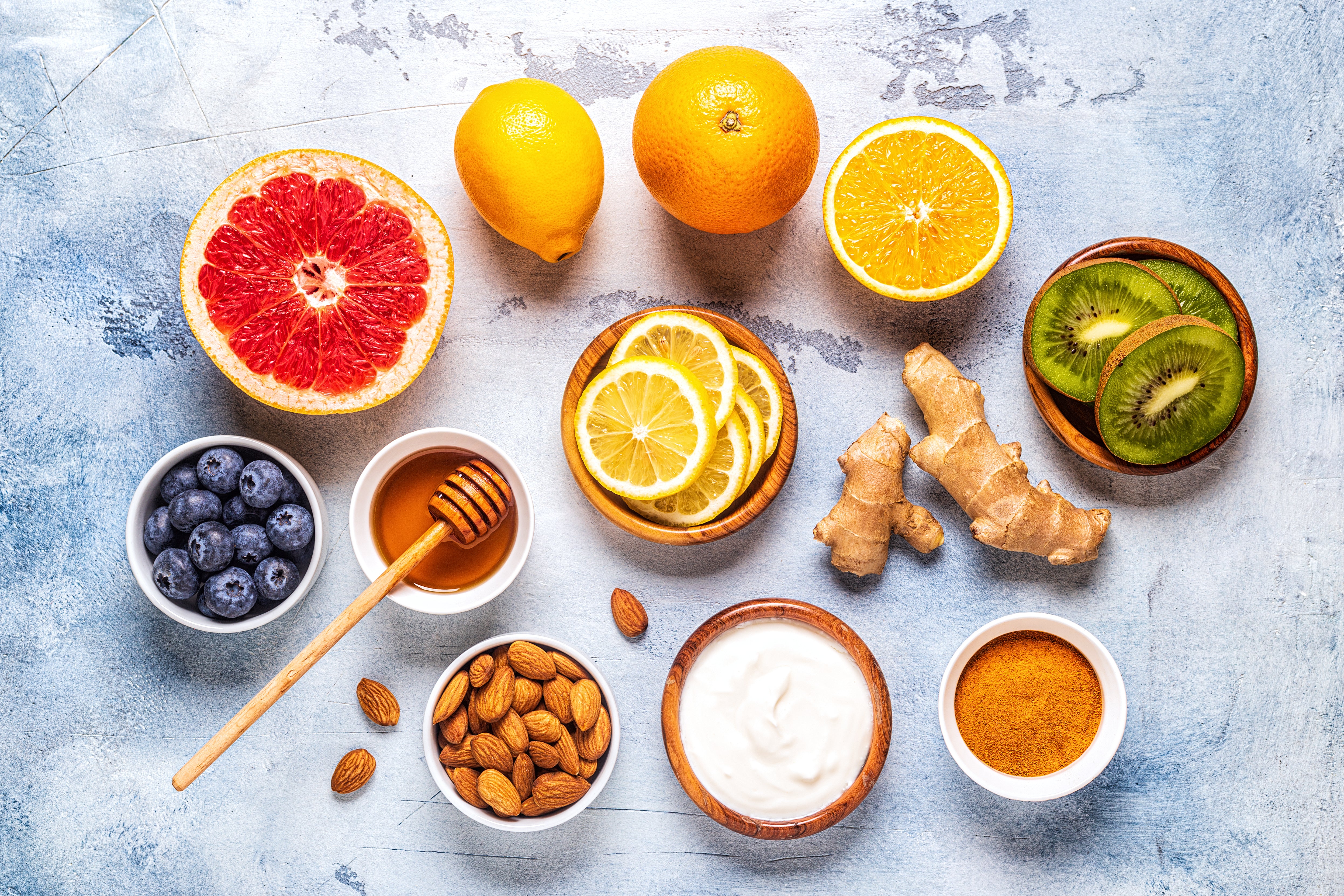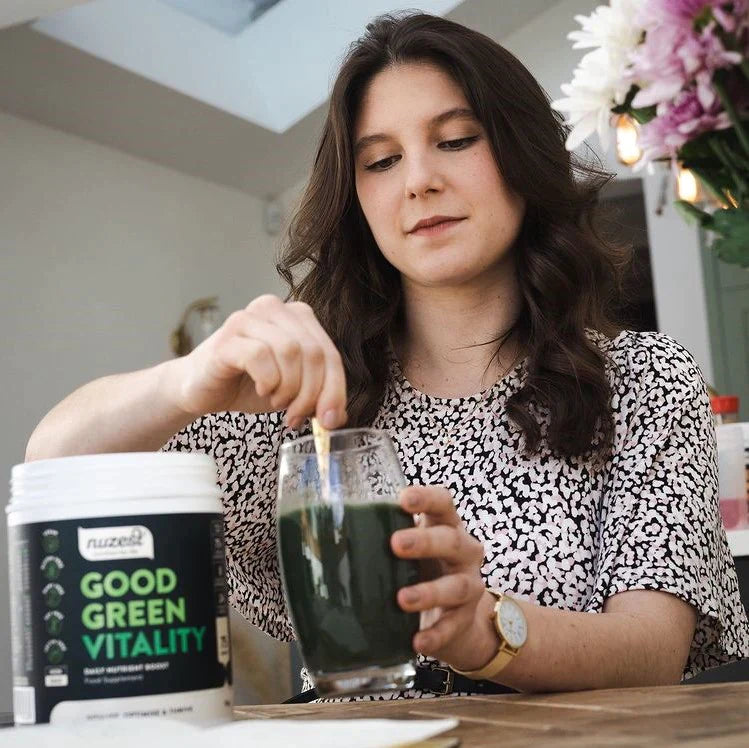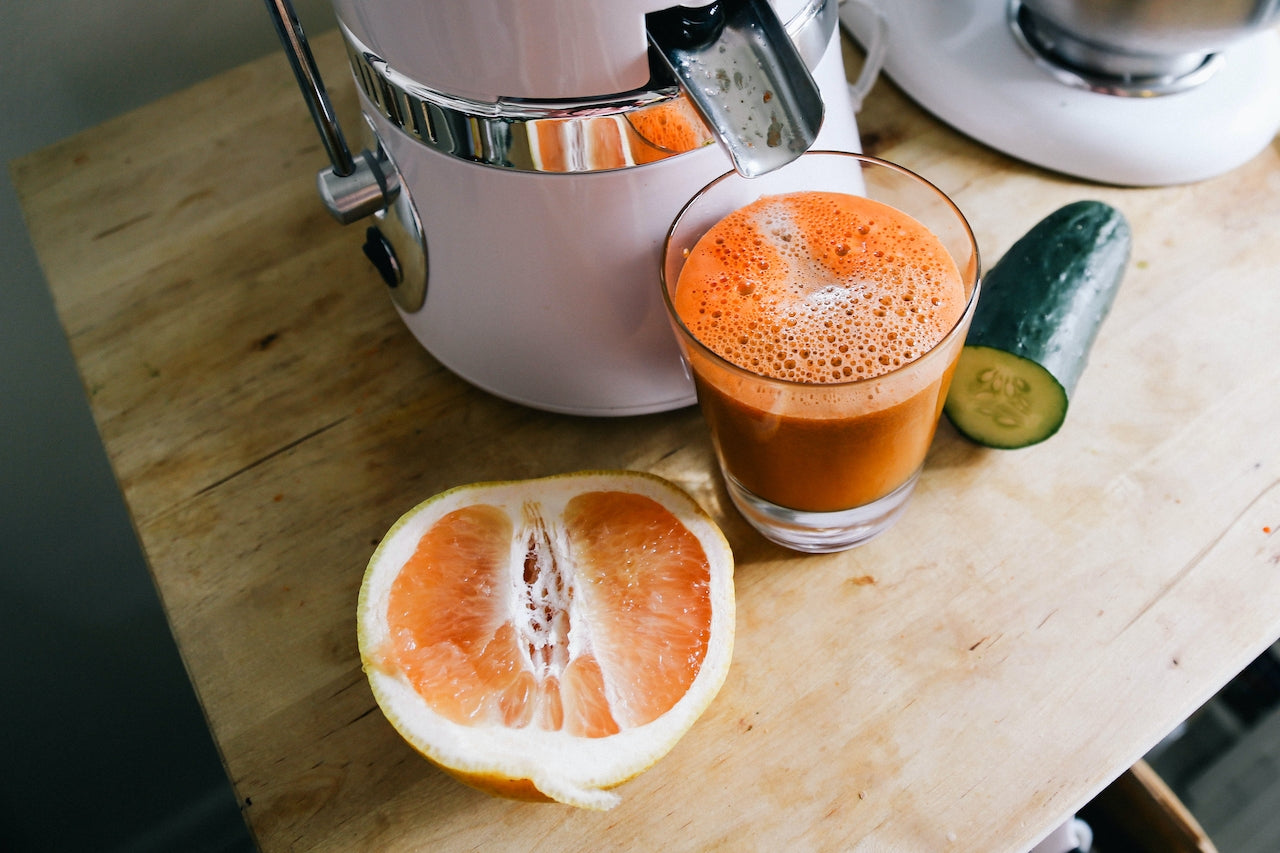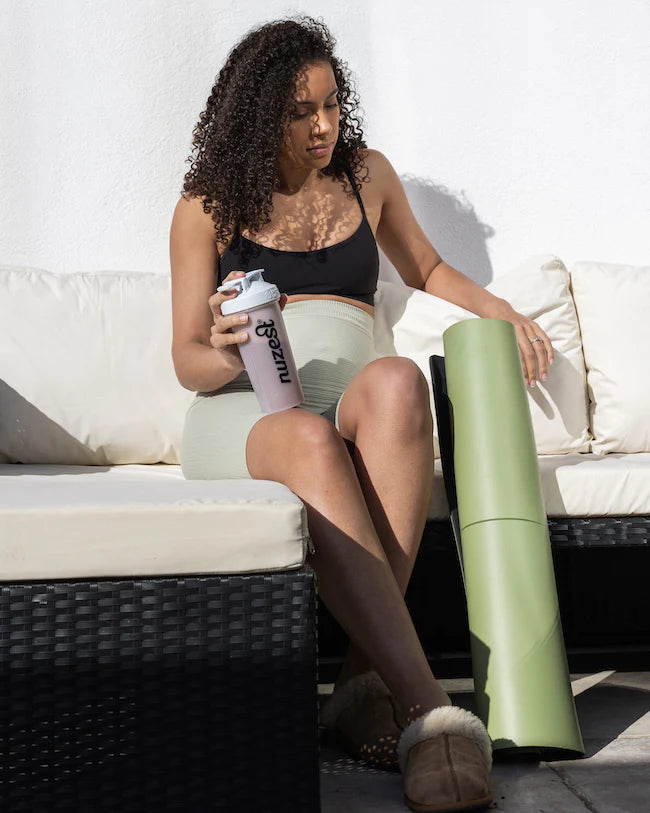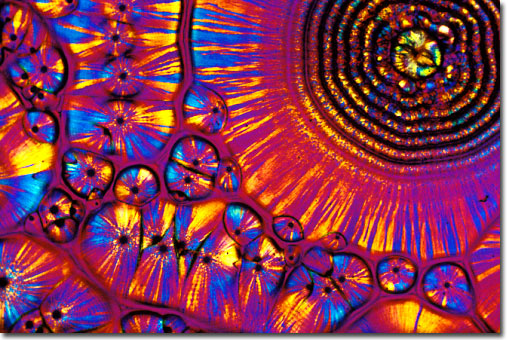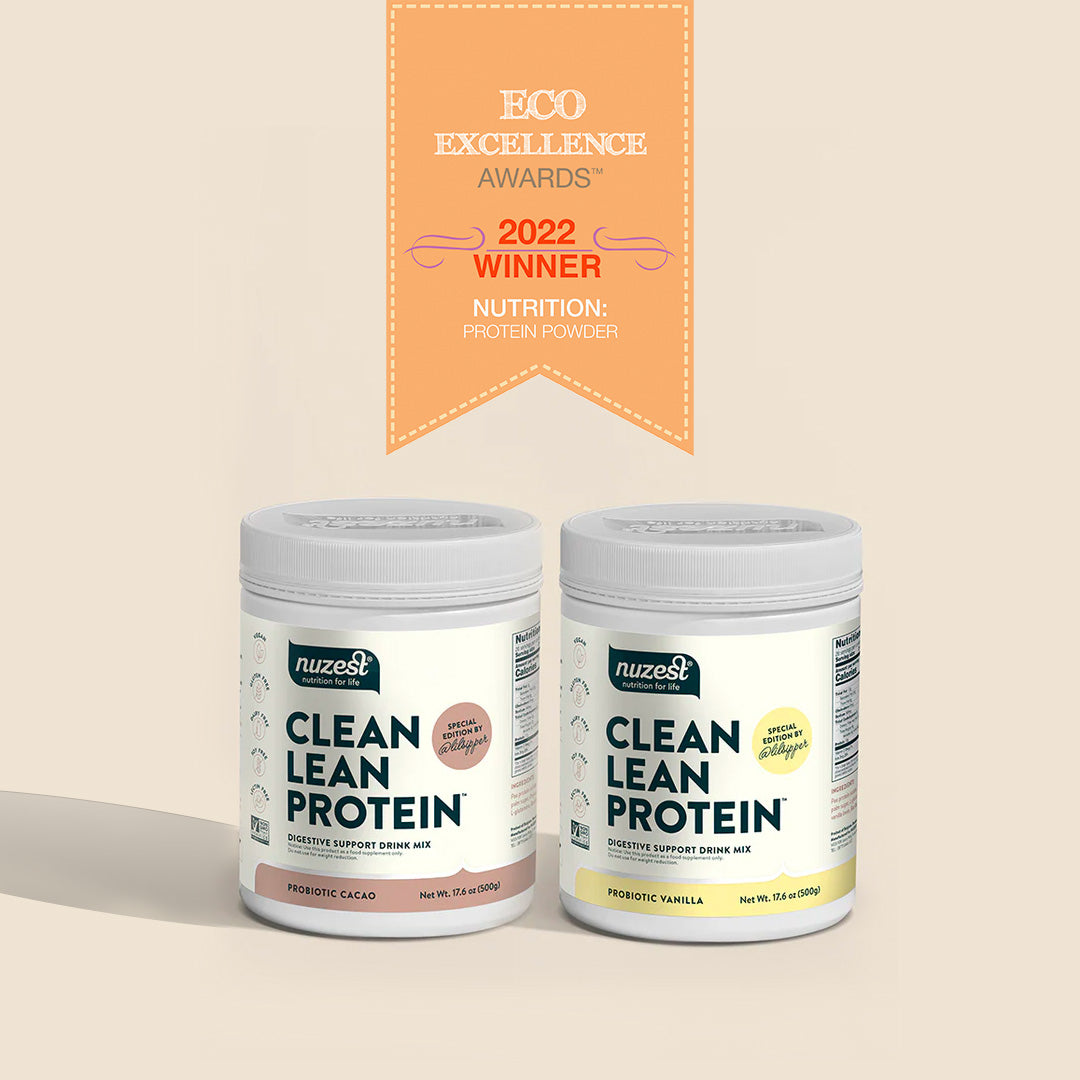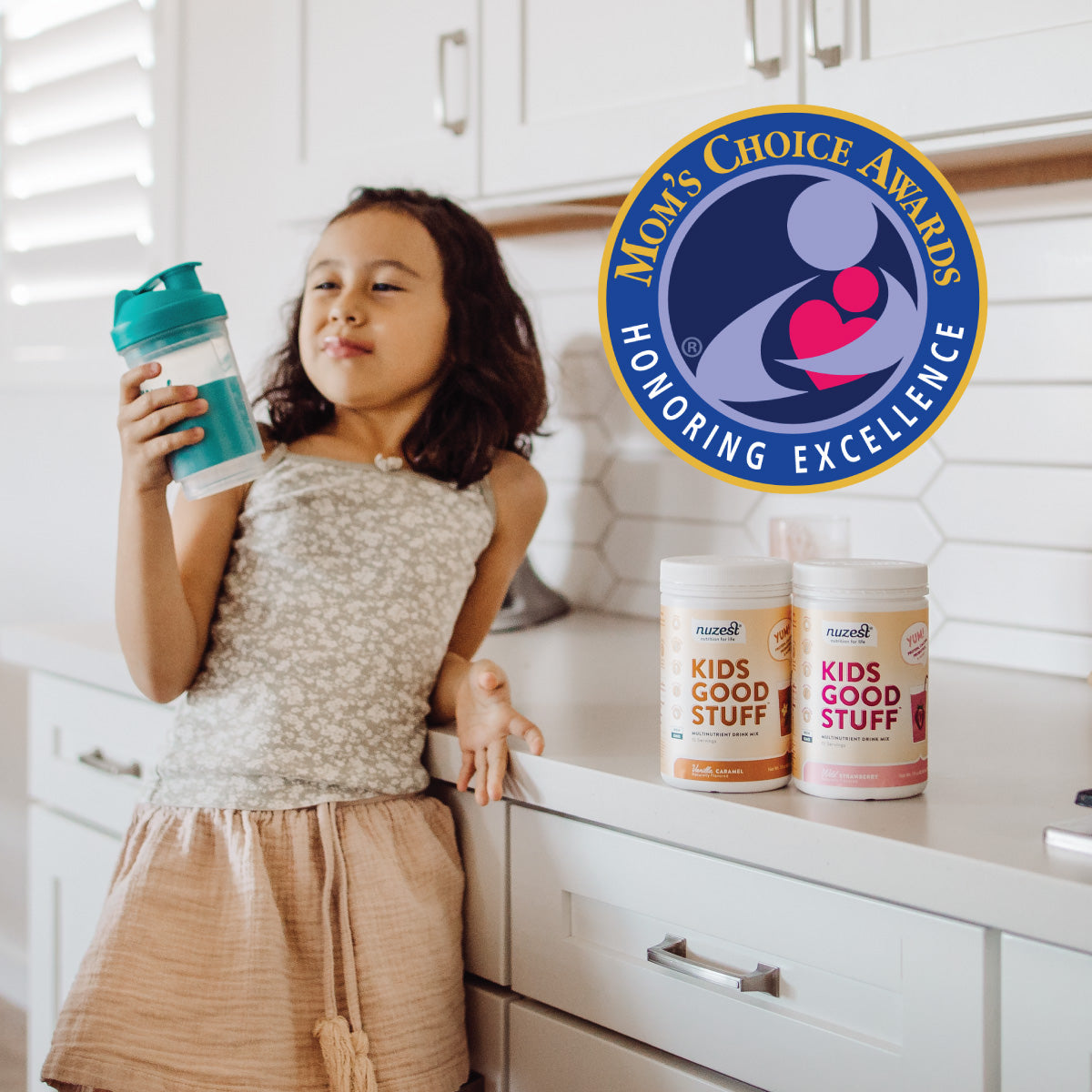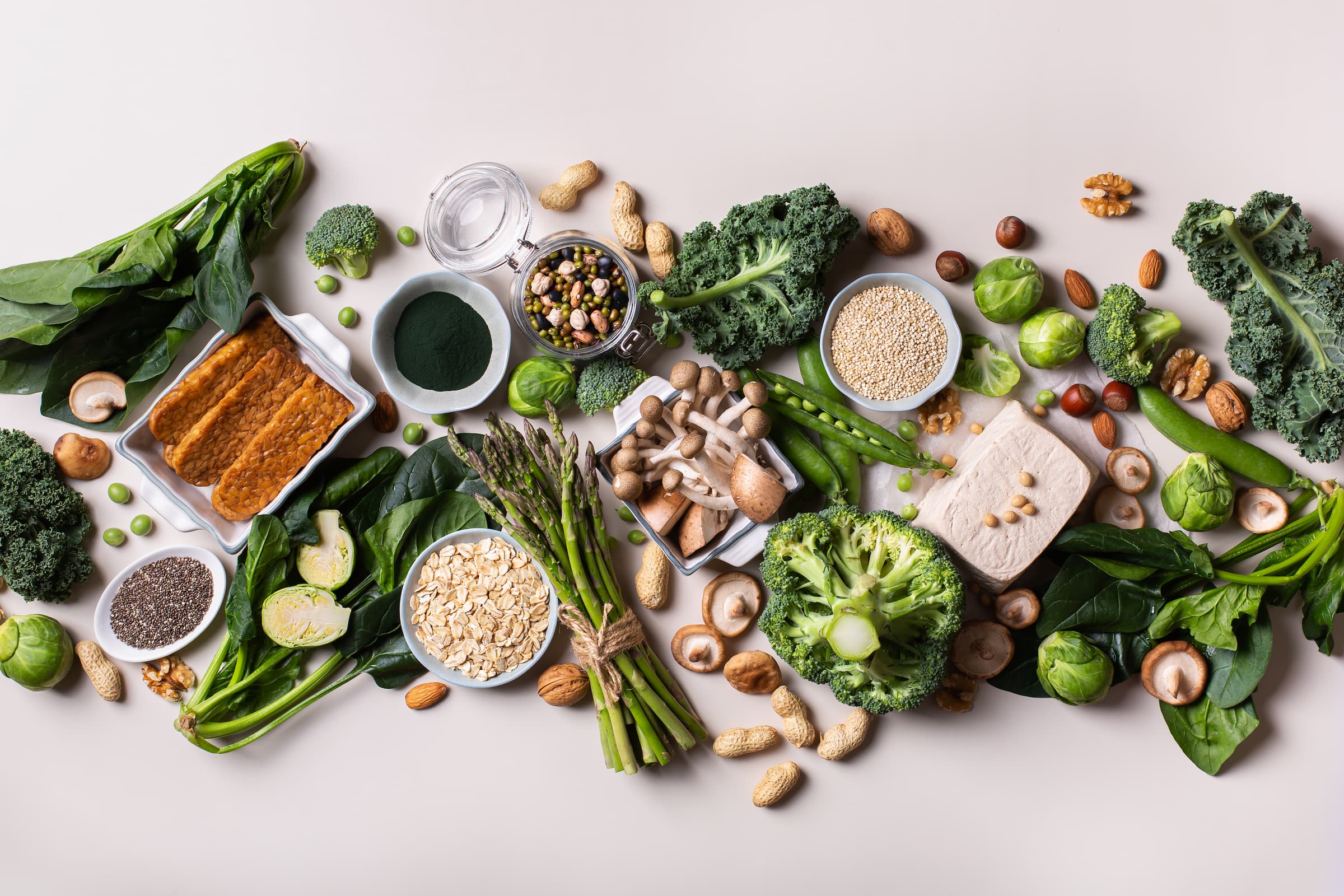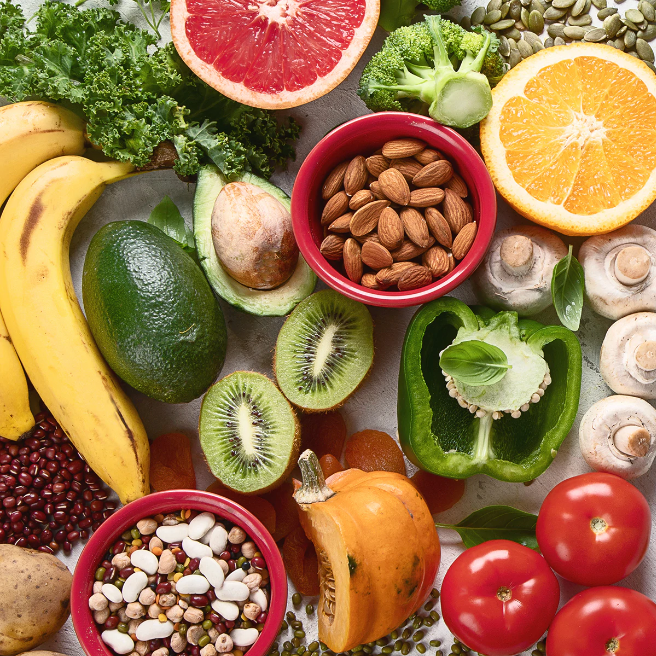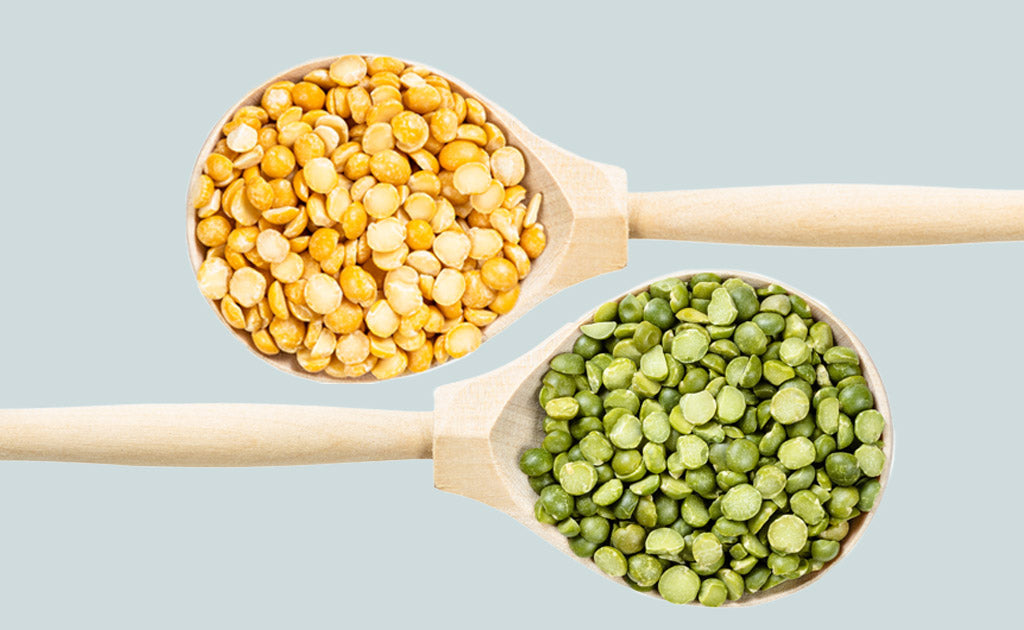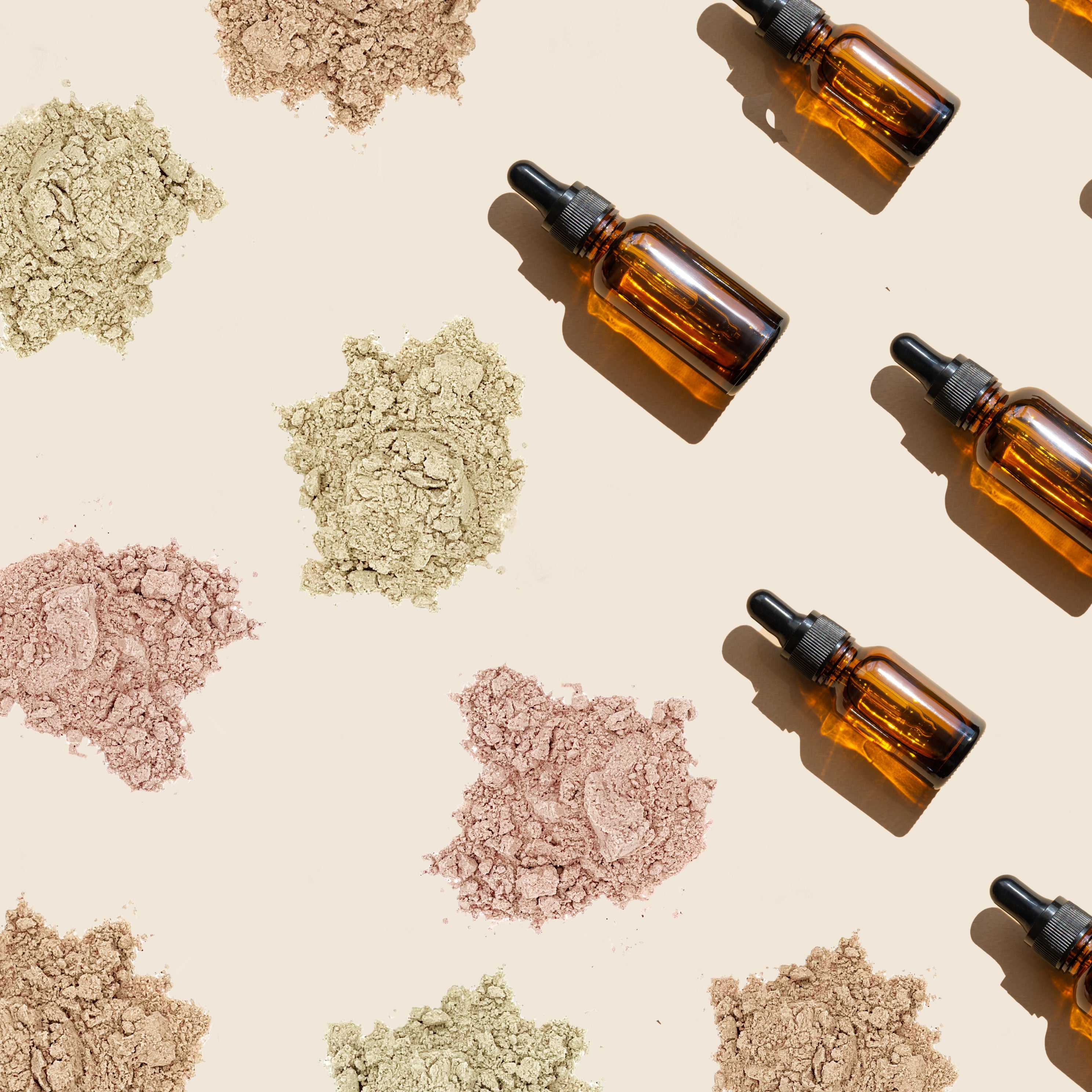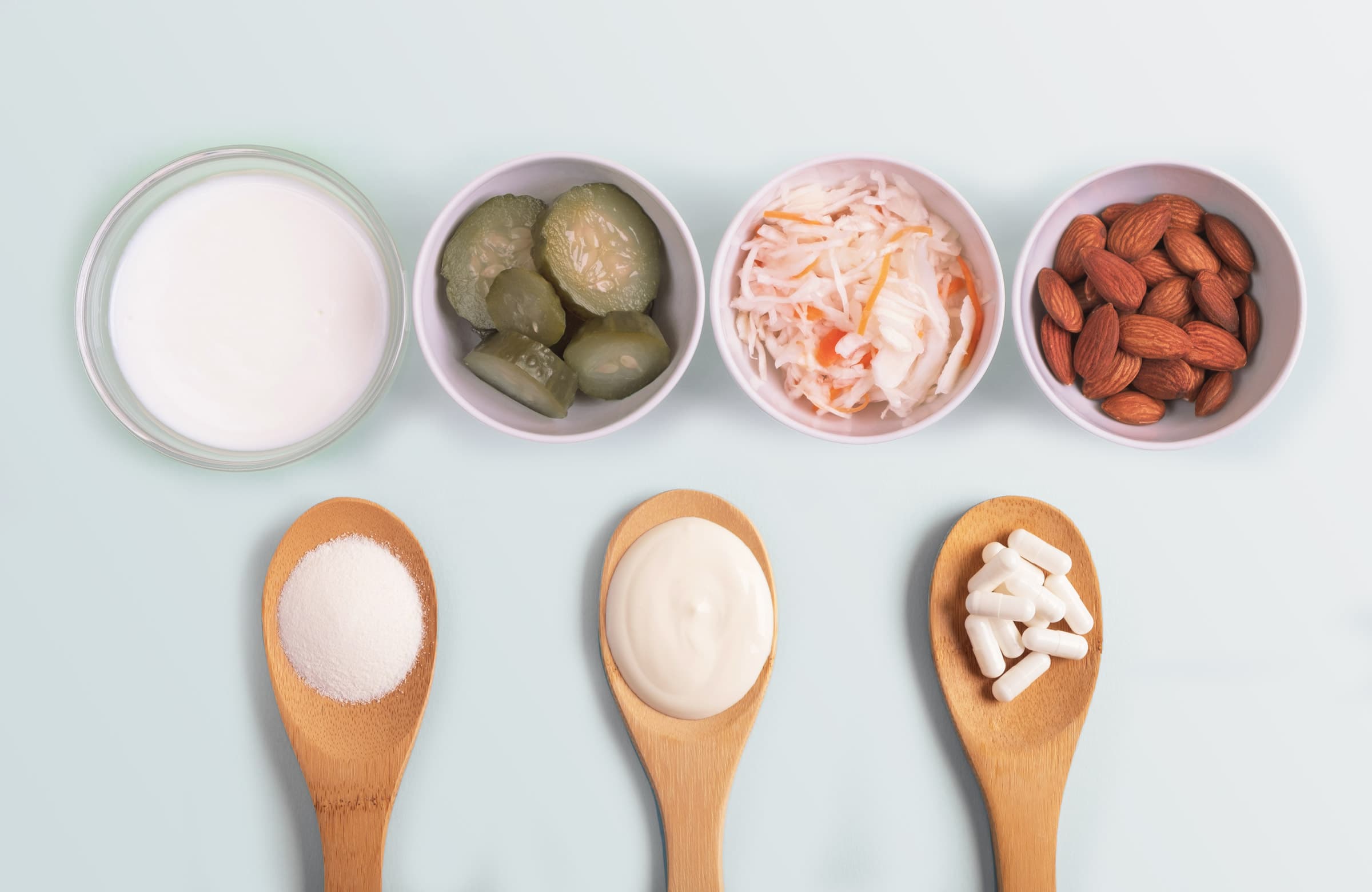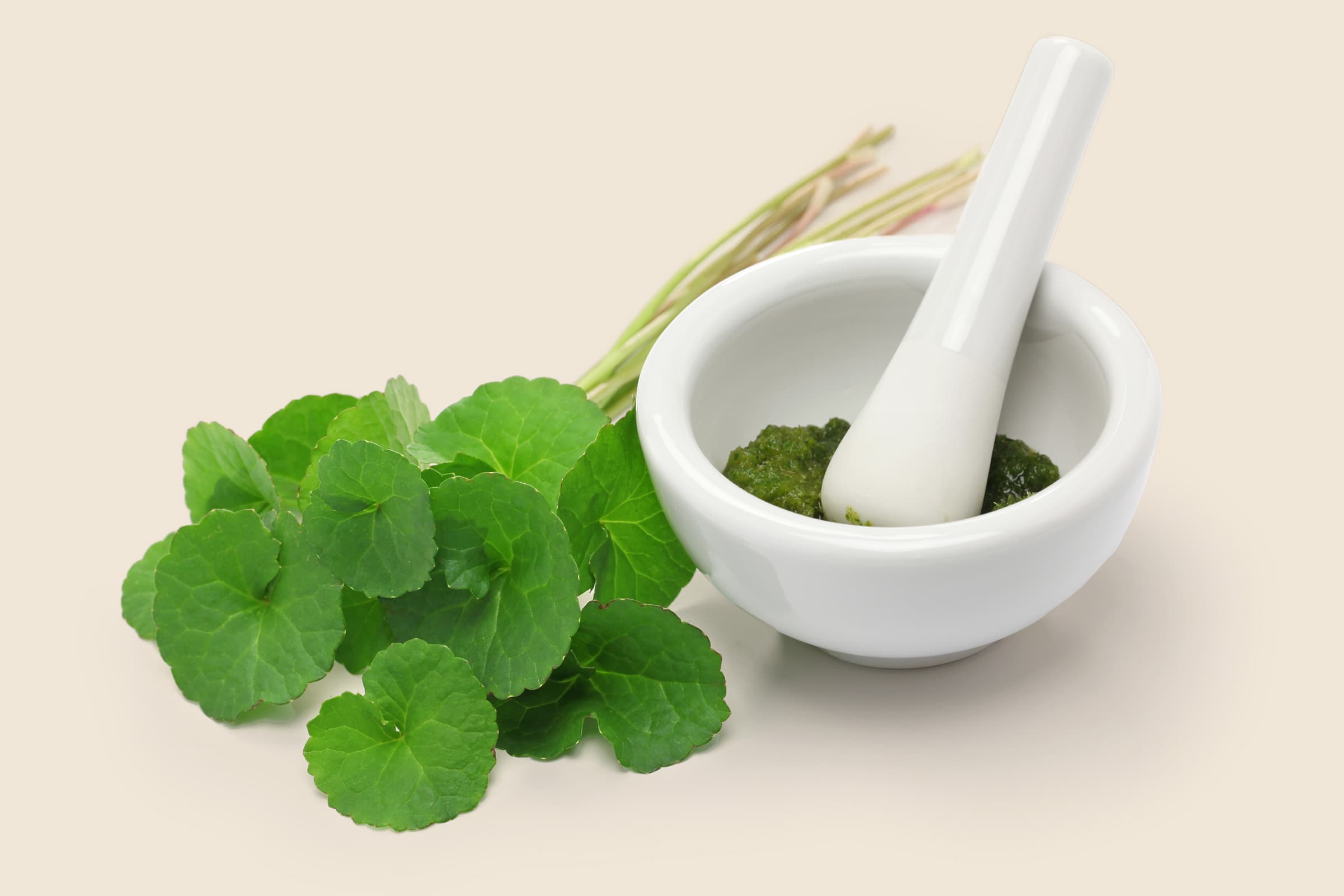Author: Lauren Parchi (Nutritionist)
There are countless supplements for children available on the market, but how do you know what to look for when selecting the right one for your child? Here is our simple five step guide to help you when choosing a supplement for your little (or big!) ones.
Top 5 Takeaways Regarding Ingredients in Children's Supplements:
-
Look for forms of vitamins that are ‘methylated’ (more accessible by the body)
-
Choose a low sugar option (be aware of hidden sugars!)
-
Allergies and intolerances continue to rise in children. Select a product that is free from common allergens
-
Look for a product without any fillers or food gums (this is often harder than you think!) Read more below
-
Avoid formulas that do not disclose all their ingredients on pack
Choose a low sugar option
Many kids’ supplements contain hidden or added sugars to make them more palatable. Sugar does not add any nutritional value, instead it causes a rise in blood glucose levels providing a "quick hit" (AKA a sugar rush!), instead of sustained energy.
Hidden sugars may be listed as fruit concentrate and fruit pulp. Whilst these names contain the word fruit they are still highly processed, concentrated forms of sugar. Other names used for sugar that may not be easy to identify include dextrose, evaporated cane juice, and maltodextrin. So, beware!
Low sugar products must contain no more than 2.5g of sugar per 100mL of liquid or 5g per 100g of food.1 Kids Good Stuff contains as little as 0.7g sugar per serve. We use 11 real fruits and vegetables and natural flavours to provide sweetness along with stevia in the form of steviol glycosides. Stevia extract is safe for consumption and may have anti-diabetic, anti-inflammatory, and anti-oxidative effects.2
Select a formula that is free from allergens
Childhood allergies and intolerances are on the rise.3 The most common allergens include gluten (wheat), dairy, soy and peanuts. Avoiding products with dairy can be challenging as many children’s supplements use whey or milk protein. These ingredients are not only highly processed, but they can cause digestive issues such as constipation and/or diarrhoea.
Kids Good Stuff is allergen free, so it is suitable for everyone. We use European golden peas as a source of plant-based protein which is also highly digestible, so it won’t upset little tummies! Kids Good Stuff is also tested every batch for gluten and peanuts, and every third batch for soy and dairy to give parents peace of mind.
Look for a product without any fillers or food gums
To ‘bulk’ formulas and create a more pleasant texture, some products use fillers and food gums. Cellulose (from wood pulp) is a common filler whilst food gums including acacia gum, xanthan gum and guar gum are found in a variety of food products.
Whilst most food gums are considered safe for consumption, some can cause digestive upset when consumed in large amounts. Kids Good Stuff was formulated without food gums, so it is gentle and safe for your kids.
Look for forms of vitamins that are ‘methylated’
Many multi-nutrient formulas often provide single, limited forms of nutrients that are not like those found in foods. Increasing evidence suggests that vitamins and minerals in precise forms and ratios, together with cofactors, are more bioavailable (accessible by the body) and beneficial than the limited combinations of industrially produced supplements. Some products on the market will also include less bioavailable forms of ingredients, just so an on-pack claim can be made.
The levels, forms and ratios of vitamins, minerals and other supportive nutrients in Kids Good Stuff have been carefully chosen based on the evaluation of scientific reviews and for their bioavailability. We use a methylated form of B12 (methylcobalamin), which is used directly by the body, as opposed to the limited and inactive form of vitamin B12, cyanocobalamin. This form requires the body to add compounds called methyl groups to convert it into the active form. Fruits and vegetables are a source of methyl groups therefore, we are reliant on a good diet as well as a clean environment (toxins use up methyl groups) to produce active B12. Modern food processing techniques and an increased reliance on processed foods make having a balanced diet and lifestyle difficult at times, which is why we include the already active form of B12 in Kids Good Stuff.
The form of folate used in Kids Good Stuff is a bioactive form, 5-methyltetrahydrofolate (5-MTHF). This form can be used directly by the body and does not have to be converted to the active form. Many supplements and fortified foods rely on synthetic folic acid due to its affordability, which is poorly absorbed in the body.
Important! Pay special attention to iron supplements. Sub-clinical iron overload can occur in children due to the wide range of iron products now available and their candylike appearance. Iron supplements may contain high amounts of elemental iron (10-20mg/kg) that can lead to toxicity.
Avoid products that do not disclose all their ingredients on pack
Have you ever looked at the back of a product and wondered “what’s in it”? Different countries have different labelling laws and requirements which means they can exclude certain information.
Kids Good Stuff lists everything on pack, so you know exactly what goes into our formula and how much. We even list out all quantities and ratios of fruit and herbal extracts. So you can rest assured they’re getting nothing but the good stuff.
Kids Good Stuff is an all-in-one daily multi-nutrient supplement designed to support healthy growth, cognition, digestion, and immunity. In one serve kids reap the benefits of 8g protein, 20+ essential vitamins and minerals, 200mg calcium, and 3 billion CFU probiotics, meaning you don’t have to buy multiple supplements to support their health.
References:
- Food Standards Australia and New Zealand. (2022). Sugar labelling. Retrieved from https://www.foodstandards.gov.au/consumer/labelling/Pages/Sugar-labelling.aspx Accessed 11/08/2022
- Gandhi S., Gat Y., Arya S., et al. Natural sweeteners: health benefits of stevia. Foods and Raw Materials, 2018, vol. 6, no. 2, pp. 392–402. DOI: http://doi.org/10.21603/2308-4057-2018-2-392-402
- Tang, M. L. K., Mullins, R. J. (2017). Food allergy: is prevalence increasing?: Food allergy prevalence time trends. Intern Med J, 47(3), 256–61. DOI: 10.1111/imj.13362
